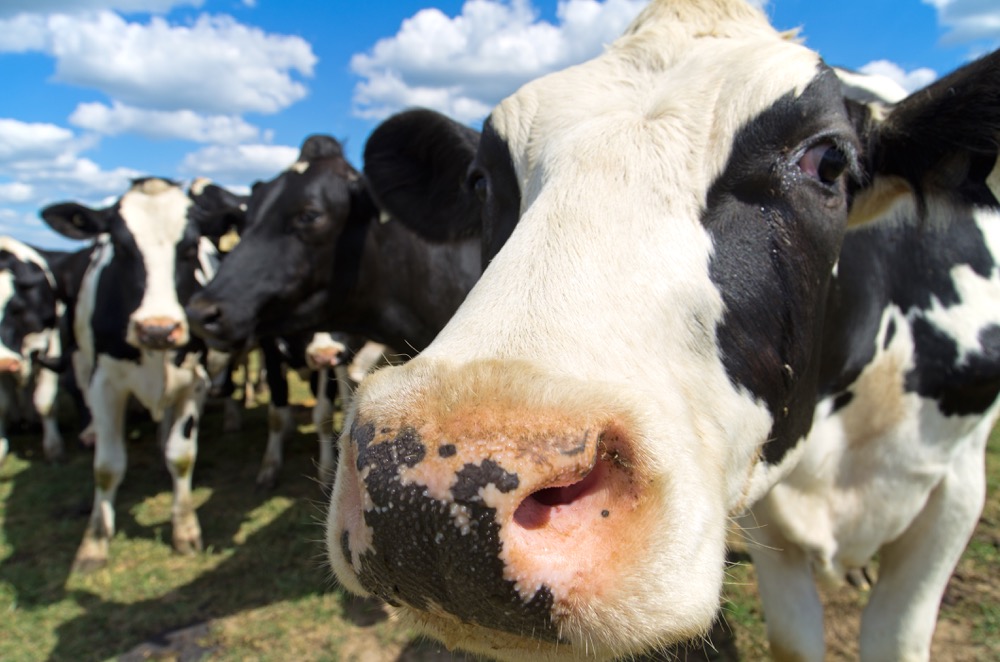Today’s farmers show resiliency, whether they are highly technical mass producers or deliver fresh to the farm gate.
In agriculture, technology continues to rapidly advance in areas such as robotics and precision farming. Nutrient attributes can now be added or taken away in plants through genomics. Machinery can do the work of humans in picking berries or milking cows.
Accuracy is the new norm when it comes to fertilization or chemical application. There are new ways of growing in harsh conditions with cover systems while LED lighting has been introduced, as has vertical farming. Soil can be created or amended, plants adapted and food processing is highly advanced.
Read Also

Guarding against misinformation: Do you believe in house hippos?
Misinformation and disinformation run rampant in today’s digital age. Farmers must be wary of the digital dangers and know how to keep themselves safe.
The caveat is this: Not every farmer can afford or access these technologies.
This is further complicated by the lack of regulations and political will in some agri-food sectors to support the manufacturing of food for domestic supply and for export.
Getting this right is important for the farming community as there is a continued expectation for them to produce more, despite the fact that there is not a shortage of food.
- More with Brenda Schoepp: Don’t be brought down by the constant drumbeat of bad news
However, because so many people remain food insecure, the first response has been to solve the problem by putting significant pressure on farmers and their resources. Despite the massive output and growth in industrialized food to meet the demands for volume, the overall picture reflects a lack of access to the food farmers grow, the fish they catch and the animals they raise.
Why?
Conflict and natural disasters in many parts of the world results in food insecurity. Today, nearly 70 per cent of the hungry live within areas of conflict. Not only is the infrastructure needed to provide food often compromised or destroyed, the food itself is often confiscated, spoils or is simply not affordable to those whose lives have been disrupted.
Rather than deal with the failure to address inflation and protect the vulnerable in times of conflict, economic decline or food shortages, many jurisdictions hold to the concept that farmers and fishers should produce more food — which they do. But the challenge does not end with increased production. Food is still unavailable when the infrastructure fails, policy is nonexistent and a living wage is absent.
The profusion of unavailable food is partly also due to waste. That is driven, in part, by the public demand for food that is of high quality, perfect to look at, valued at a stable price point and delivered without interruption.
With 60 per cent of the food collectively wasted in the field, during processing and transport and at the plate, it is hard to justify an increase in production.
And yet, we have global industrialized agriculture that sprouted from consumer demand, especially from the expanding middle class on which economies depend. We could refer to this as the current day ‘first food economy.’
The ‘second food economy’ is the growing and renewed interest in regenerative local food supply that can provide seasonal food and value-added products on demand. A short supply chain and being close to the food source is not novel or disruptive. It has been the way of doing for thousands of years and remains the main avenue of procuring food for the majority of consumers in numerous nations today.
Local markets still thrive, and in many cultures, these are preferred. However, the value of the local market is not often recognized.
Generally, the value in eating fresh and seasonal food has been displaced by eating a variety of foods with many food miles. Manufactured sugary goods and drinks hold the majority of the shelf space in grocery stores. The cost of having inventory on shelves and the cost of shelf space is not born by the retailer alone. This cost is shared between the retailer and supplier. That is why food giants control a whole aisle while new local product is squeezed to the back or squeezed out altogether.
In the food business, you pay to play. This needs to change.
Realistically, the future must support a two-tier system. The industrialized or global system is needed because of the sheer volume required to feed massive populations and the demand for a variety of foods. The local movement, which contributes to access to food for all, is desired in strong regional systems that look at food security with a local lens.
Farmers have adapted in both systems according to the demand, providing the perfect food for the growing middle class and developing flexible local and regional food models.
There is no right or wrong here, just a reality that both must exist and be able to access technology, shelf space and the consumer. Both must be part of a value adding system to ensure food security.
Shortening the supply chain includes processing across the farming and production models. Getting food to the people involves a reduction in waste, improvement in infrastructure, enabling policy and accessible technology — regardless of farm size.
There are so many ways to grow food. We simply need more creative ways to ensure it is accessible to everyone everywhere.
















